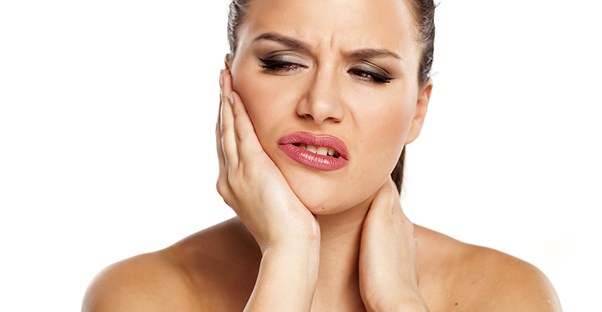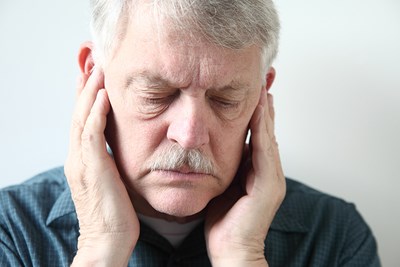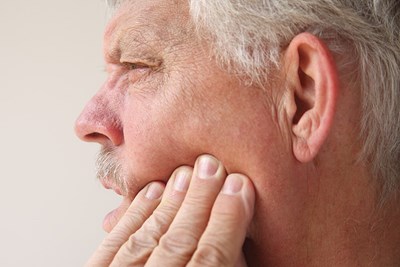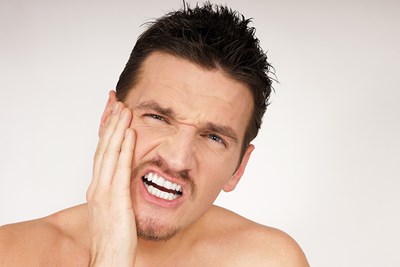TMJ is a common problem that causes pain in the jaw joint and surrounding muscles when damage has been done to this area of the face. Want to know about TMJ? Here are 10 terms to chew on.
- Temporomandibular joint: The joint that connects your jaw to the skull. Every time you move your jaw you are using the temporomandibular joint. TMJ syndrome is often due to damage to the temporomandibular joint, causing pain and affecting movement of the jaw.
- Masticatory “chewing” muscles: When discussing TMJ, the muscles of your jaw are often referred to as your “chewing” muscles, because they are the muscles we use when we eat. Thesemuscles can become tender or pained from wear and tear for those afflicted with TMJ.
- Internal derangement: TMJ can sometimes be caused by a displaced disc that acts like a cushion between the skull and lower jaw. Treatment for internal derangement depends on the presence or absence of pain. If you are not in pain, treatment may not be necessary. If you do have pain and restricted range of motion, however, then your doctor is more likely to suggest treatment.
- Myofascial pain: Myofascial pain is due to spasms in the masticatory “chewing” muscles and can cause tenderness and restriction of jaw mobility which then leads to TMJ syndrome.
- Bruxism: This is a condition where you grind your teeth. Most people are unaware that they grind their teeth, but this habit can lead to TMJ nonetheless. Bruxism is known to cause common TMJ symptoms like tender jaw muscles, teeth sensitivity, and headaches.
- Inflammation: It is common with TMJ for the “chewing” muscles to become stiff and inflamed, causing pain. Inflammation is treated with ice and hot compresses to reduce swelling and relax the muscles.
- Lockjaw: A common occurrence with TMJ is stiffness and inflammation in the jaw muscles and joints. When muscles are inflamed or stiff, they can cause pain and tension, making it difficult to open your mouth all the way. A restricted range of jaw mobility is known as lockjaw.
- Clicking: One common sign of TMJ is a clicking noise that the jaw will make when the joint is used. For example, you may notice a clicking sound when you open and close your mouth. If the noise is accompanied with pain or lockjaw, then you most likely have TMJ. However, if there is no pain and only noise, then it is probably not something to be concerned about.
- Bite guard: If your TMJ is caused by bruxism, a doctor may suggest you try sleeping with a bite guard at night to prevent grinding or clenching. The guard goes over your teeth and will protect them from injury, as well as reduce painful TMJ symptoms.
- Arthrocentesis: This is a procedure that involves inserting a saline needle into the temporomandibular joint in order to clean and irrigate it. It is known to be a successful treatment method, but will usually only be done after other less invasive treatments have been tried.




